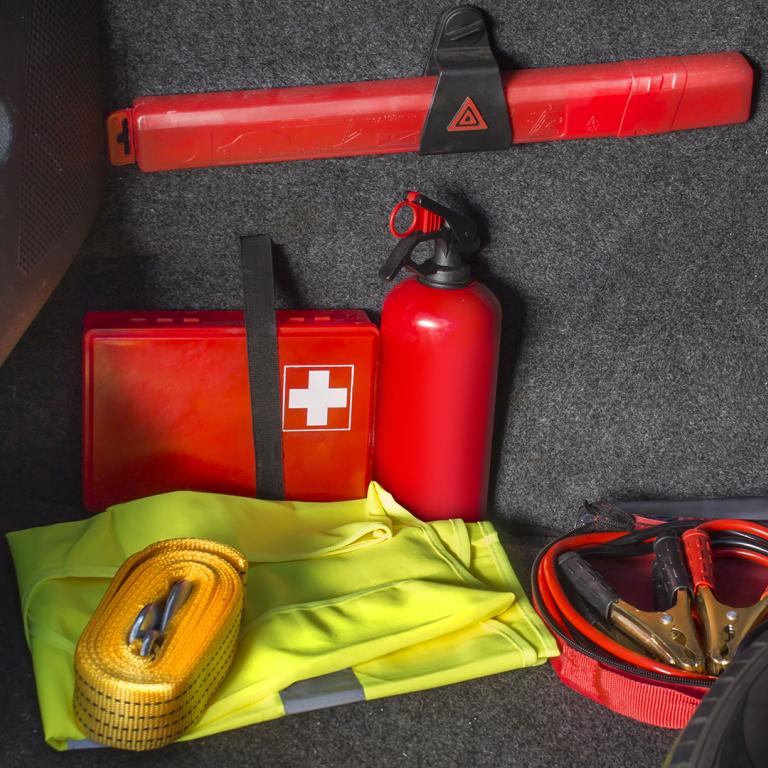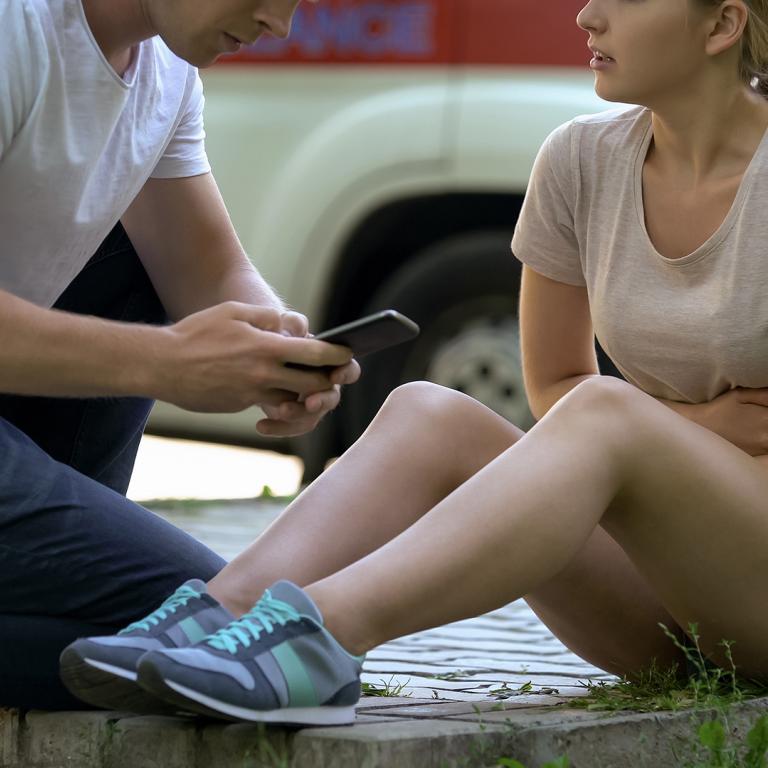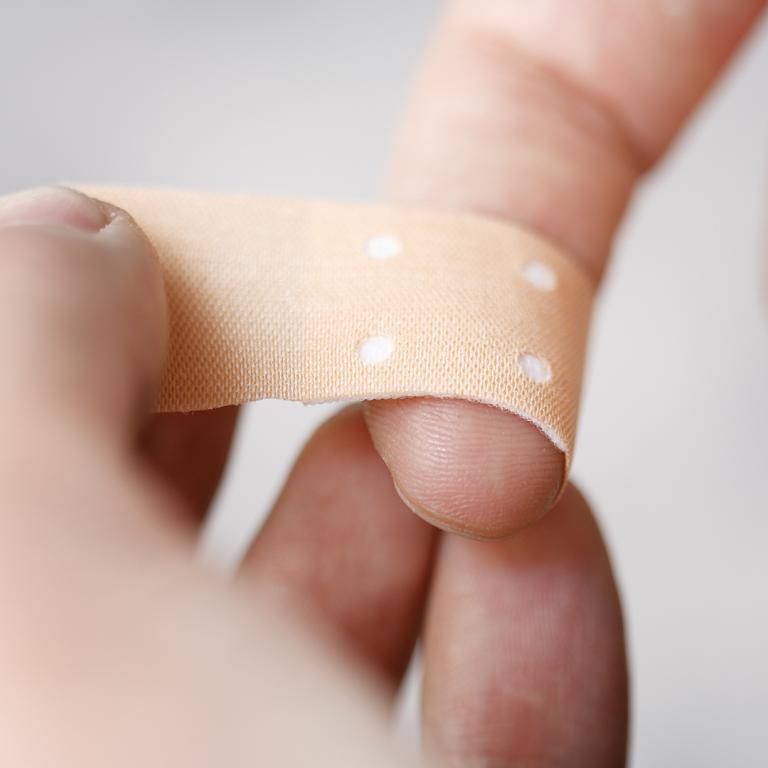

What To Do After a Car Accident | Former NYPD Officer's Safety T…

Q&A with Organizational Pro Peter Walsh + Dermatologist Shares A…
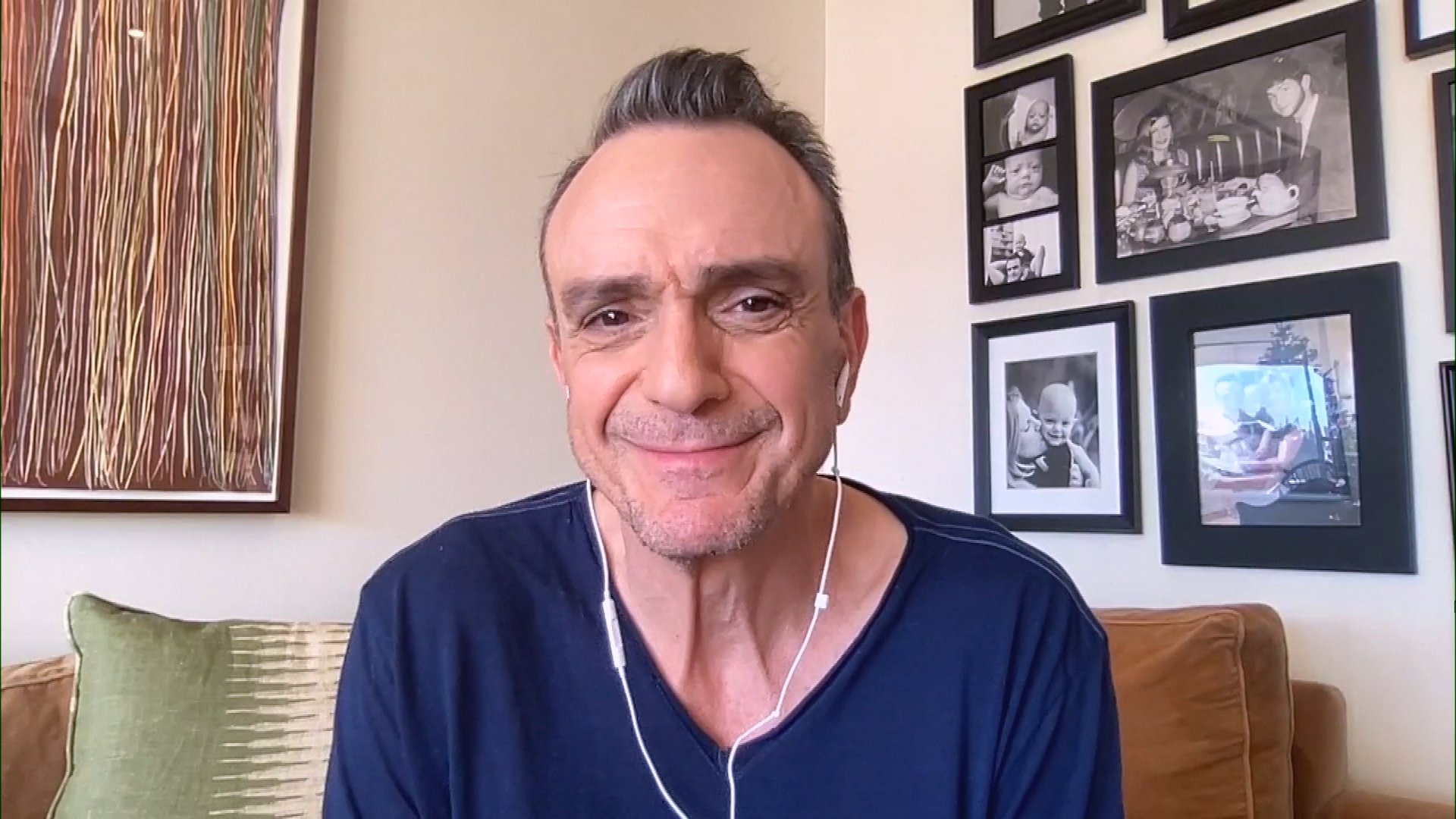
Actor Hank Azaria + Freezer Meals + Artichokes 2 Ways with Rach

See Inside Barbara Corcoran's Stunning NY Apartment + It's Steak…

How to Make Chicken and Lobster Piccata | Richard Blais
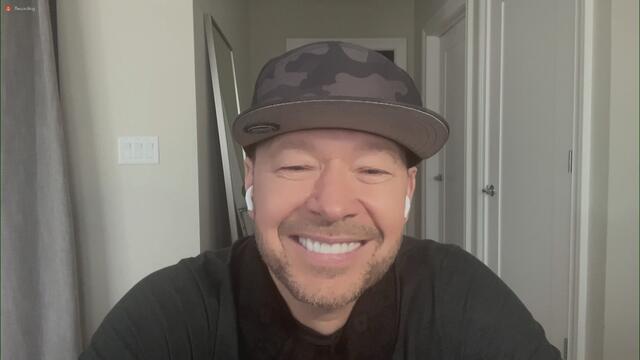
Donnie Wahlberg Spills Details About NKOTB's First Ever Conventi…

Donnie Wahlberg + Jenny McCarthy Say Rach Is Such a "Joy" + Look…

The Best Moments From 17 Seasons of the Show Will Make You Laugh…

How to Make Crabby Carbonara | Rachael Ray
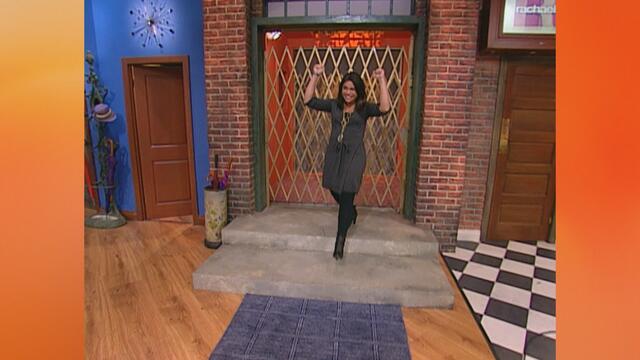
Rach Chats "Firsts" In Flashback From Our First Episode Ever In …

How to Make Apple-Cider Braised Pork Chop Sandwiches with Onion …

Rach's Chef Pals Say Goodbye to Show in Surprise Video Message

How to Make Sesame Cookies | Buddy Valastro

How to Make Tortilla with Potatoes, Piquillo Peppers and Mancheg…

How to Make Shrimp Burgers | Jacques Pepin

How to Make Spanakopipasta | Rachael Ray

Andrew McCarthy Chokes Up Discussing Emotional Trip to Spain wit…

Celebrity Guests Send Farewell Messages After 17 Seasons of the …

Celebrity Guests Send Farewell Messages After 17 Seasons of the …
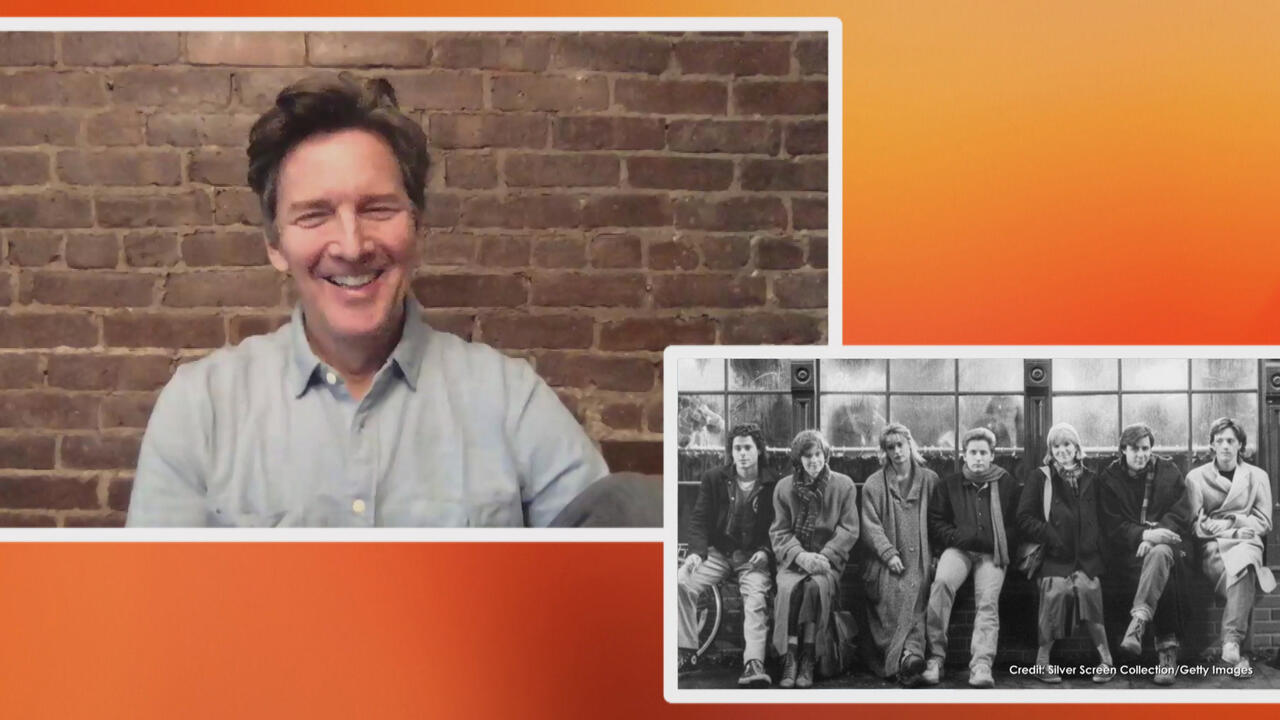
Andrew McCarthy Teases Upcoming "Brat Pack" Reunion Special
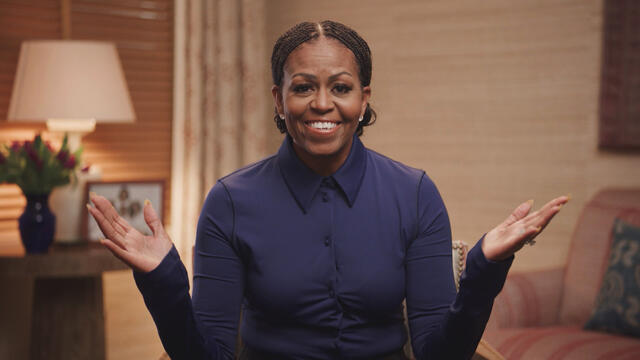
Michelle Obama Toasts Rach's 17 Years on the Air With a Heartfel…
There are an average of 6 million car accidents every year in the United States. So in the event that you're in an automobile accident, you should know the next steps to take.
Bill Stanton — a former NYPD officer and the author of Prepared Not Scared: Your Go-To Guide for Staying Safe In An Unsafe World — is sharing what to do in the first 15 minutes after you get into a car crash.
STEPS TO TAKE AFTER A CAR ACCIDENT
STEP 1: ASSESS YOUR SITUATION
How to Do an Injury Assessment
3 million people in the U.S. are injured every year in car accidents, and around 2 million drivers experience permanent injuries from crashes each year.
The first thing you should do after a car accident is a physical assessment to check for injuries, Bill says. Feel around on your own body to check for cracked ribs or other obvious injuries. Then, check your passengers for injuries, especially young children.
If you or any of your passengers are injured or in pain, call an ambulance immediately and don't move — unless there's a greater threat to your safety, like if your car is on fire or you're on an icy road that could lead to a second accident. Depending on the situation, in cases like these you either want to try and move the car off the road or get the passengers and yourself out, Bill explains.
Even if you don't think you're injured, it's a good idea to get checked out by a doctor within a few days of the accident. You might be hurt and not realize right away due to the adrenaline and shock.
How to Do a Threat Assessment
Next, you want to take stock of the situation: Where you are, what time of day it is, who is in the other car, whether or not there are more people around and so on. If it's dark or seemingly dangerous and you're scared, call 911.
You also want to get as full a view as possible from inside the car. A good trick is to put on your backup camera if you have one. "Even when I'm not in an accident I put on [my backup camera]," Bill says. "Now you know who's [approaching] you in any situation."
You may want to lower your profile, too. If you're in a high traffic area, keep your hazards and headlights on so cars will see you, but if you're on the side of the road away from most traffic, you can turn off your lights.
"Common sense is your best friend," the former police officer adds. "Know your scenario. If people are coming your way, I would rather you be rude than wrong."
If it's nighttime and you're in a high-crime area, you don't want to turn on your car's interior lights or shine your phone's flashlight. "That's where the bad guys go window shopping. They see you may have nice jewelry, you may be alone … If people are coming towards you in the car, you want to lower your window and say, 'I have it covered, I called the police and they're on their way,'" Bill continues.
If they keep coming your way, lay on the horn and call 911. Again, it's better to come off as rude than to be wrong about trusting someone.
RELATED: 3 Simple Escape Tactics From a Former CIA Agent That Could Save Your Life
STEP 2: CALL 911
If you haven't already, call 911. Provide a detailed description of the location and cars involved.
STEP 3: TAKE PHOTOS AND DOCUMENT THE SCENE OF THE ACCIDENT
At this point, if it's safe to do so, get out of the car. Keeping your safety in mind, use your phone to take pictures from as many different angles as you can. If you're able to, you want to capture your car, the other car and the street from multiple perspectives.
"What you also want to do, while it's still on your mind," Bill says, "you want to get that pen or pencil out and draw yourself a diagram of what happened." This will come in handy later when you're dealing with insurance or law enforcement.
There are useful mobile apps that you can download to input and store all of your registration and insurance information so you can easily find it in the event of an accident. Bill mentions one, called WRECKCHECK, from the National Association of Insurance Commissioners. WRECKCHECK uses your phone's location services, audio recorder and camera so you can document the accident right in the app, then create and send an accident report.
STEP 4: EXCHANGE INFORMATION (BUT LIMIT CONVERSATION)
Next, exchange information with the other driver. "Nowadays, everything is replaceable. You are not replaceable," Bill says. Find a safe area to exchange license, registration and insurance numbers.
Most importantly, when talking to the other driver (and law enforcement once they arrive), "just give the basic information. Keep your mouth shut, because you may not be in the [best] state of mind," Bill says. "You want to think factually, not emotionally — and when you get in an accident, most people are thinking emotionally."



